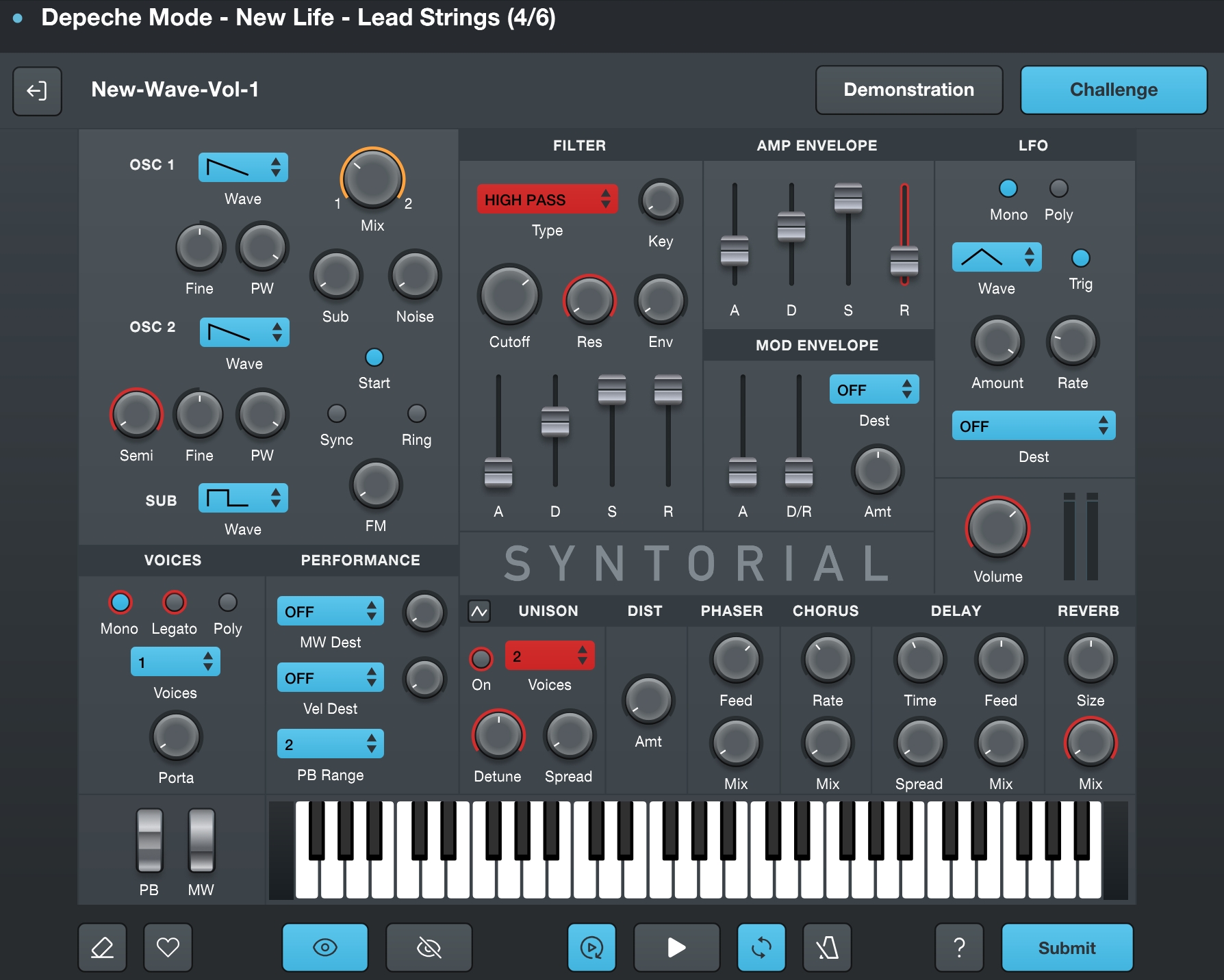The unmistakable sound of the Parliament Funkadelic Flashlight bass is a milestone in funk music, largely due to Bernie Worrell’s ingenious use of the Moog synthesizer. This blog post delves into how to replicate that fat analog sound characteristic of “Flashlight,” regardless of whether you have a Moog or not.
The Essence of “Flashlight” on the Moog
Bernie Worrell’s mastery in crafting the “Flashlight” sound on the Moog synthesizer serves as our foundation. Here’s how to start:
Initial Setup with the Moog
- Waveform Selection: Begin with a plain saw waveform.
- Oscillator Configuration: Modify the first oscillator by dropping it down an octave and switching its waveform from saw to square. The Moog’s square wave isn’t perfectly square, contributing to a unique pulse sound that’s slightly brighter.
- Adding Depth with a Second Oscillator: Introduce a second oscillator, tuned an octave higher than the first and slightly detuned to create subtle movement and depth in the sound.
- Filter Adjustments: Utilize the low-pass filter to cut off higher frequencies and adjust the resonance to sharpen the sound. Enhance the analog warmth by driving the filter through Moog’s distinctive feedback system.
- Vibrato for Expression: Incorporate vibrato via the mod wheel, using either the original complex method with the third oscillator or a simpler modern LFO system for dynamic playability.
Emulating “Flashlight” on Modern Synths
If you’re working without a Moog, you can still get close to the Parliament Funkadelic Flashlight bass sound by focusing on certain features in your synth.
Using Serum for Analog Emulation
- Analog-Style Waveforms: Select analog-emulating waveforms, such as Serum’s MG wavetable, to mimic the imperfect shapes of analog synth waveforms.
- Filter Emulation: Employ a Moog-style filter (also known as Ladder filter), indicated by Serum’s MG label, and use the drive function to simulate the Moog’s external feedback system, crucial for that rich, warm sound.
Remake This Sound Yourself
Learn how to program this synth preset with Syntorial, all by ear. Download the demo and try up to three challenge packs.

Adaptations Without Analog Features
For synths lacking specific analog-style features:
- Basic Waveform Adjustments: Opt for a square wave but tweak the pulse width to make it slightly narrower to achieve a sound similar to Moog’s square wave. Ensure your low-pass filter has a steep cutoff (24 dB).
- Creating Drive Without the Drive Knob: If your synth doesn’t have a drive function, lower the volume of the higher oscillator for a softer sound and boost the low end with an EQ around 200Hz to mimic the warmth of Moog’s filter drive.
Conclusion: Bridging the Gap to “Flashlight”
Recreating the “Flashlight” sound is about understanding the synthesis techniques Bernie Worrell used and adapting those principles to your equipment. Whether you’re using a Moog, a synth like Serum, or a more basic model, focusing on waveform selection, oscillator configuration and filter manipulation will get you close to that legendary P-Funk sound. This exploration into synthesizer settings not only pays homage to “Flashlight” but also encourages creativity and experimentation in music production. The unmistakable sound of the Parliament Funkadelic Flashlight bass is a truly fantastic sound worth recreating.
